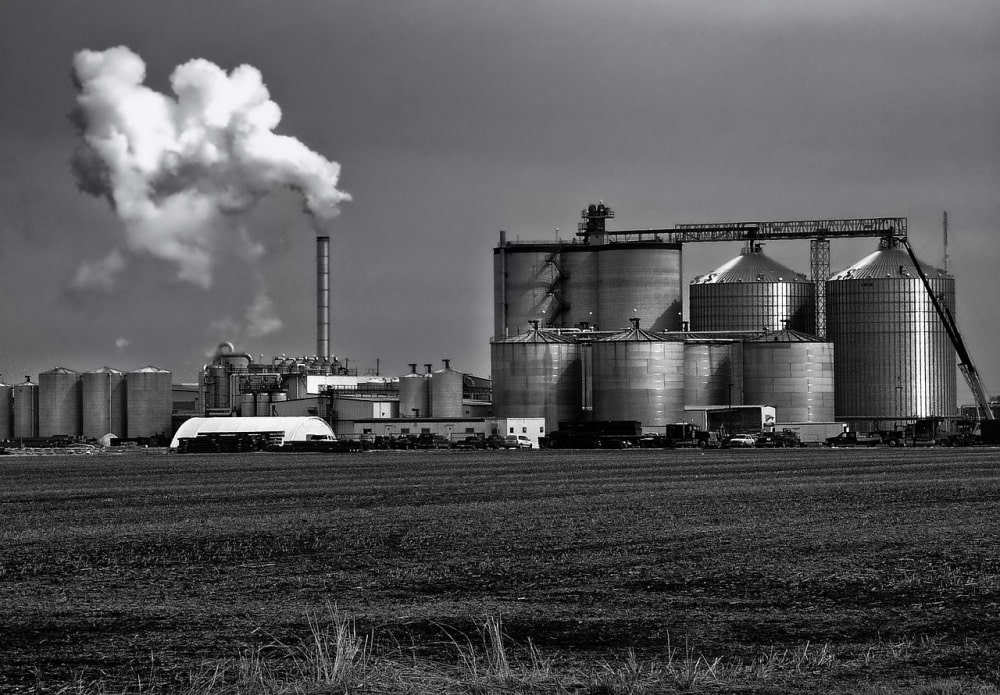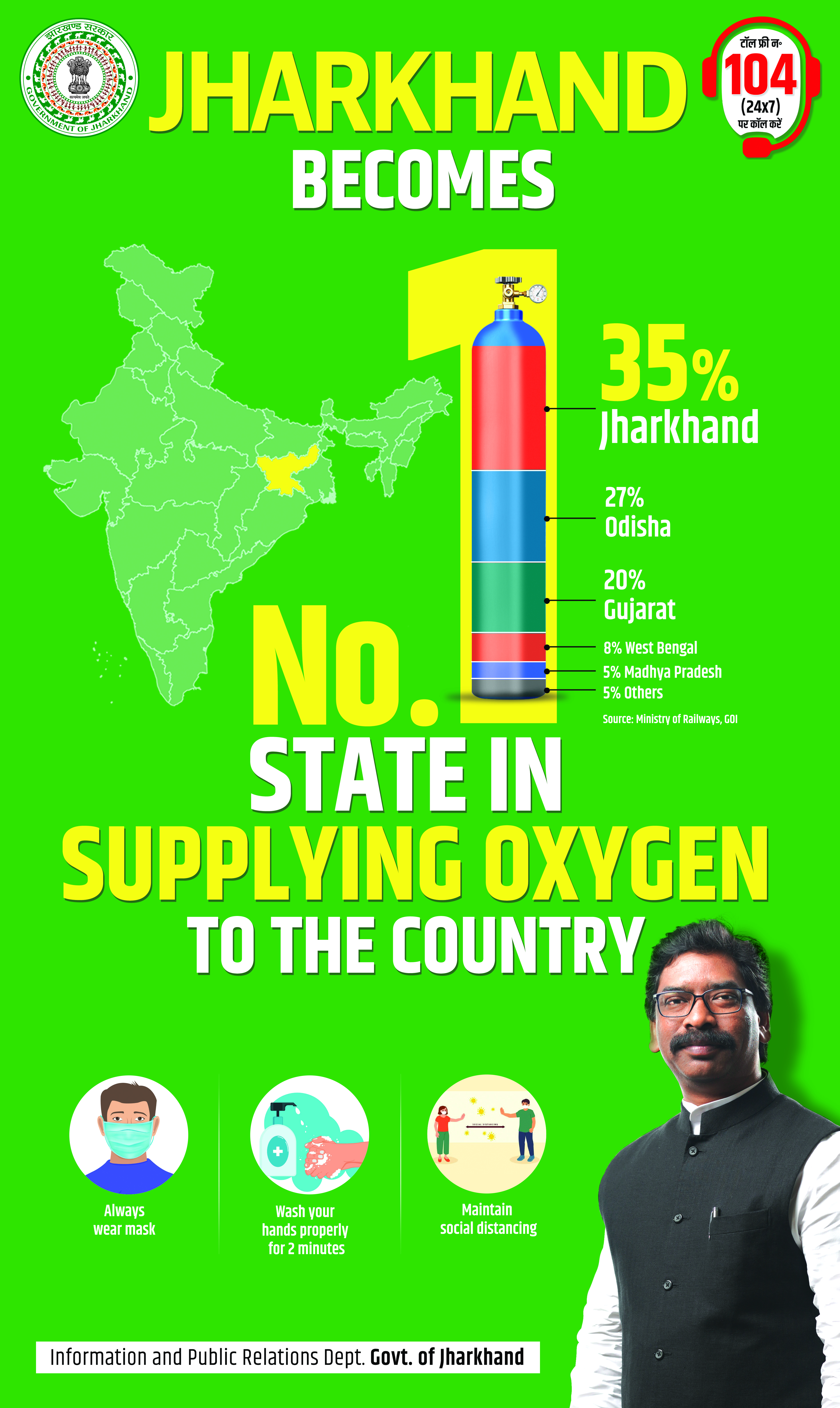
Ethanol blending refers to the practice of mixing ethanol, a biofuel derived from renewable sources such as sugarcane, with petrol.
It reduces reliance on imported fuels, decreases the consumption of fossil fuels, supports farmers, and contributes to a cleaner and more sustainable energy future.
In the ethanol supply year (ESY) 2013-14, the supply of ethanol to Oil Marketing Companies (OMCs) for blending with petrol was 38 crore litres, with blending levels of 1.53%.
This has significantly increased in ESY 2021-22 to 408 crore litres with blending levels of Supply of ethanol to OMCs (in crore litres) 10%.
Today, India is the 2nd largest producer, consumer and exporter of sugar. As a long-term solution to deal with surplus sugar, to improve the sugar industry's sustainability and ensure timely payment of cane dues to farmers, the central government has been encouraging the diversion of excess sugarcane & sugar to ethanol.
Further, to meet the demand for ethanol its production from maize is being explored.
This will increase the demand for maize and thus fetch a better price for maize farmers. The surge in ethanol production has supported the government's Ethanol Blending Program (EBP), and the goal of achieving 20% blending by 2025-26 is on track.
